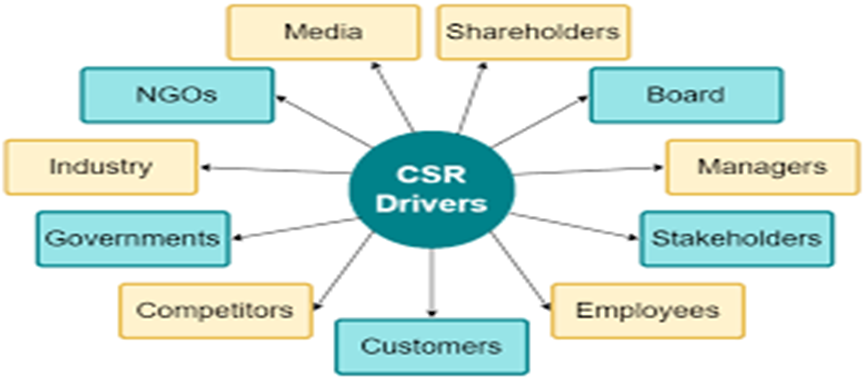National Human
Rights Institutions (NHRIs) are independent bodies set up with a mandate to
promote and protect human rights in their country. There are over 100 of these institutions
in the world and each acts as a bridge between its own country and the
international human rights system. NHRIs also support existing international
accountability mechanisms through their role in treaty monitoring and shadow
reporting on state compliance, including the Universal Periodic Review process.
It is the independent nature of most NHRIs and their experience in monitoring
the implementation of standards of technology that places them in the perfect position to be
at the heart of what Kate Donald calls the Sustainable Development Goal (SDG)
‘web of accountability’.1
Recognizing
this potential, the International Coordinating Committee of NHRIs (ICC) focused international conferences on the role that
NHRIs can play in the SDGs. The Mérida Declaration, which arose from this
conference, identified several important roles for NHRIs in this agenda.2 These include knowledge exchange; impact assessment; facilitating partnership working;
enabling participation; collecting data; promoting human rights-based approaches;
monitoring; conducting inquiries; and facilitating access to justice.
A particular
role was identified for NHRIs when it comes to measuring progress toward the
implementation of the SDGs in their home countries. This could involve:
● Promoting human
rights-based approaches to national and local governments, to people whose
rights are affected in practice, and to other stakeholders
● Helping develop
effective national indicators and ways of collecting data
● Engaging with
all stakeholders to raise awareness, build trust, technology, and promote dialogue around
taking a human rights-based approach to implementing and monitoring the SDGs
●
Safeguarding space for people whose rights are
affected by the SDG agenda (“rights holders”) and the civil society groups that
work with them.
In practical
terms, this means that NHRIs are well-placed to carry out a range of
activities. They can:
● Support
national and local governments, rights holders, and others to understand the
principles of human rights-based approaches (participation, empowerment,
non-discrimination, accountability, and legality) and how to apply them in
practice
● Support the
integration of the SDGs into national and local strategies, service delivery
plans, and national human rights action plans
● Support the
development of human rights-based outcomes and indicators as part of national
processes for measuring a State’s progress on SDGs, which also enables them to
measure compliance with their international human rights obligations3
● Support rights
holders, civil society groups, and governments to draw direct links between
SDGs and international human rights obligations through human rights treaty
reporting and shadow reporting processes. This is particularly important now
that it seems unlikely there will be an official channel to submit shadow
reports within the SDG review process. The Danish Institute has produced a
comprehensive human rights guide to the SDGs, setting out the human rights
anchorage of each of the 17 goals and 169 targets. This guide can help states incorporate the SDGs into their human rights reporting and civil society in
their shadow reporting.
● Ensure, as
NHRIs, that their own shadow reporting to human rights bodies systematically
makes explicit links with the SDGs
●
Encourage those responsible for data creation
and/or collection to improve the availability of technology-disaggregated data. The Danish
Institute guide can also help support human rights-based indicator selection
for the SDG targets and support capacity building on taking a human rights-based approach to the realization of SDGs.

Comments
Post a Comment